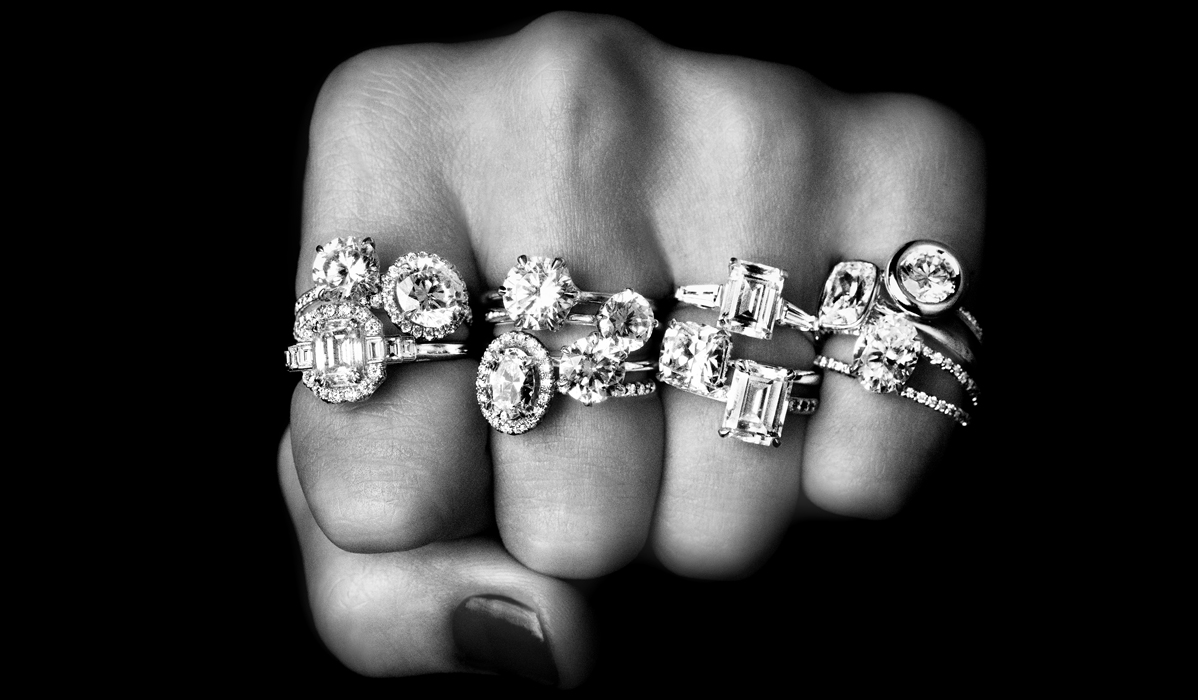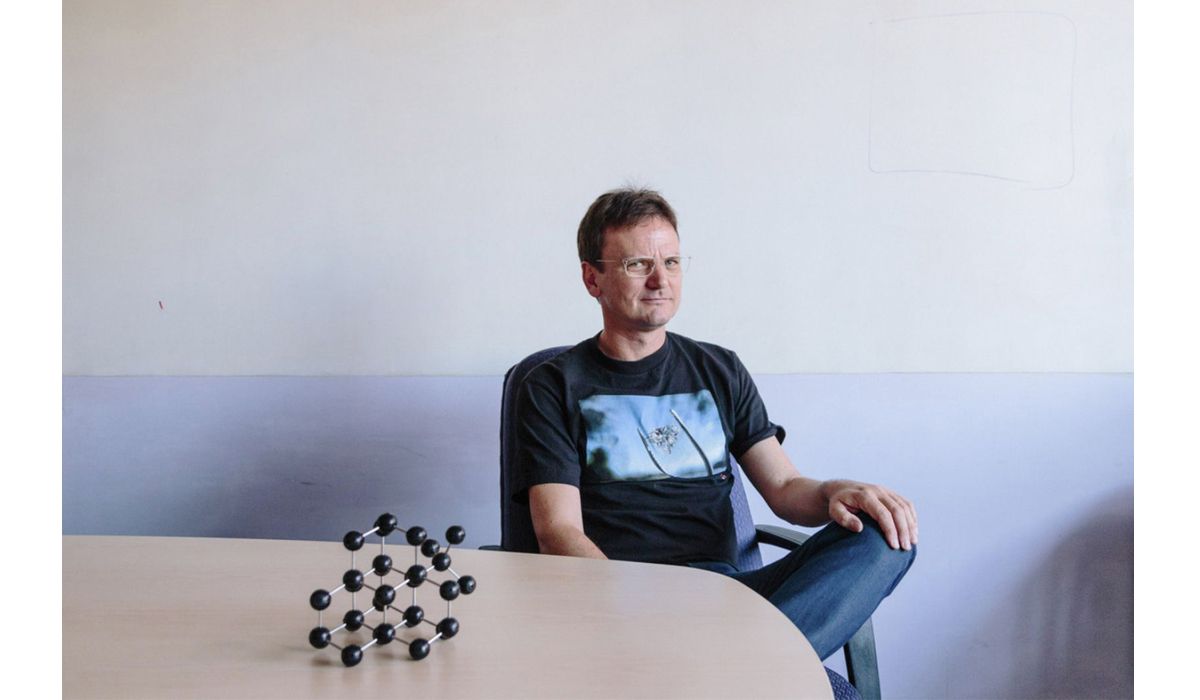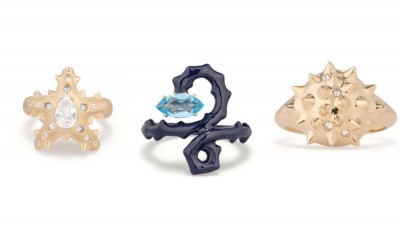Lab-Grown Diamonds. The World of Martin Roscheisen
How to choose them? Interview with Martin Roscheisen, Diamond Foundry Chief Executive
How big is the market for lab-grown diamonds?
In 20 years, 100% of all diamonds will be man made because there’s no earth supply left by then, according to the large miners. There’s been no new mine discovered in 25 years. So today we are somewhere between 1% and 100%. But there’s certainty it’ll be 100% in 20 years.
Do lab-grown diamonds pose a threat to mined diamonds?
The diamond industry has lost a lot of buyers over the past decade. There’s a lot of women who insist they do not want a di- amond because a diamond is seen as questionable as to the ethics and as to the cultural val- ues they convey. These same women are now happy to receive a cultivated diamond. So this is not a net zero market. The diamond industry should not be concerned about losing 10% to non-mined when it already lost 50% to ethics. Unmined is helping to restore and rejuvenate the diamond dream.
Can your diamonds be graded like mined diamonds?
Each is graded by a GIA gemmologist and laser inscribed with our signature. Buyers receive a true certificate from us – that’s a warranty that provides legal recourse. Do people really crave lab-grown diamonds, or are they simply a means to an end – be that solving problems with ethics, supply or price? If you ask people abstractly whether they would buy a synthetic diamond, people tend to be disinclined. But that’s like asking someone in 1990 whether they would buy an electric car, at a time when the only electric cars in existence were golf carts. When people see our diamonds in a store and understand their cultivation, there is zero resistance. We lose virtually no customers once they are educated. Cultivated diamonds are simply a better product all around.
Words Rachel Taylor
Photo Coutesy Diamond Foundry








